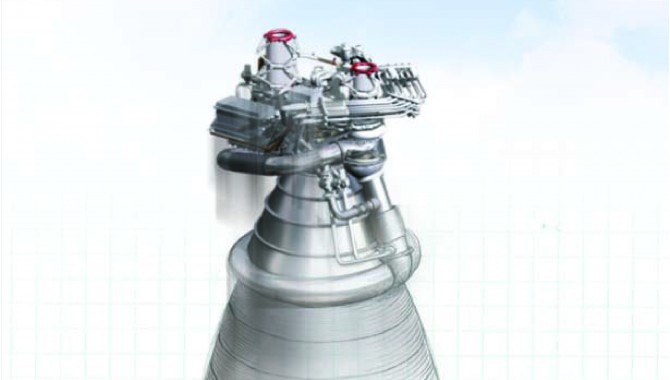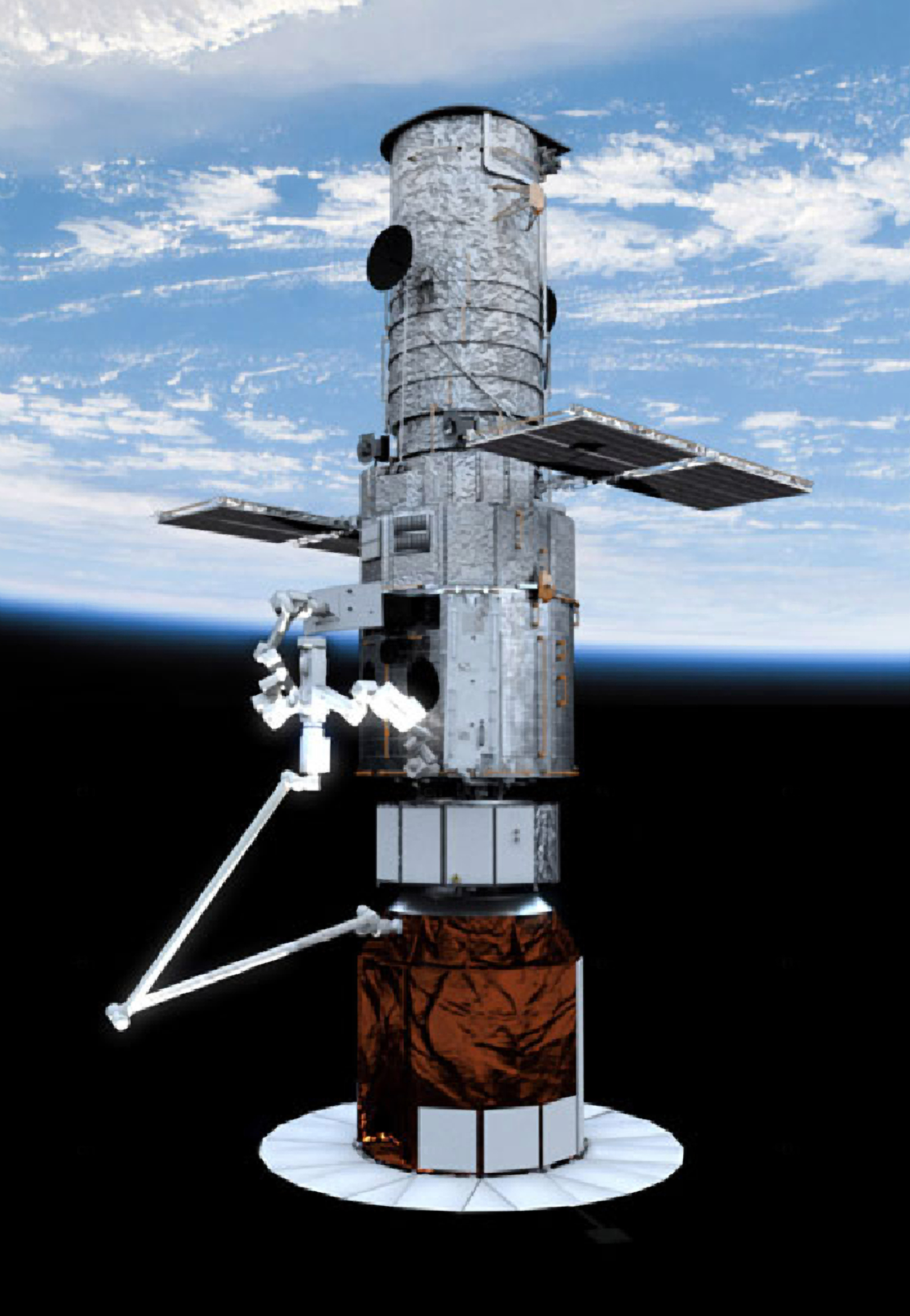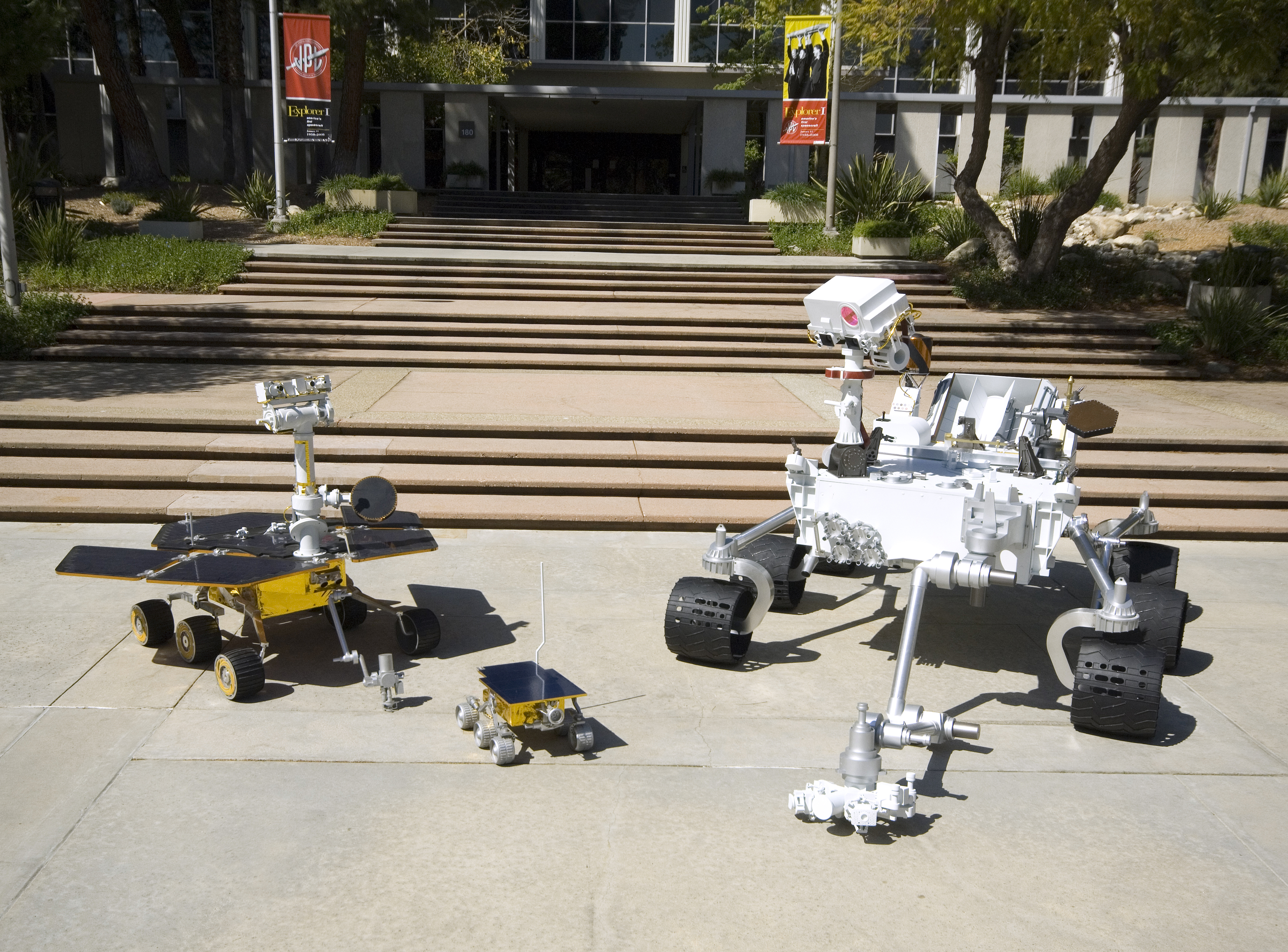
By Dave Lengyel
As NASA undertakes ambitious new programs with a new generation of engineers and managers, it is more important than ever to make sure that valuable experienced-based knowledge gets passed from project to project and from an older generation to a new one. Many organizations try to solve this kind of problem with lessons-learned databases, which, for a variety of reasons, seldom live up to expectations. The databases typically are filled with undifferentiated information, good and bad, relevant and unimportant, so it’s hard to find what matters. The content is often fragmented—text or bullets without adequate context, usually lacking the analysis or synthesis needed to make it useful.
In early 2006, we in the Exploration Systems Mission Directorate (ESMD) decided to generate and share engineering/design, operations, and management best practices by combining preexisting Continuous Risk Management (CRM) work with knowledge management concepts to infuse relevant lessons and best practices into current activities. Three years of doing this work has taught us to focus not on building a so-called learning organization, but on supporting the performance of work. Helping very busy people accomplish the mission is paramount.
Our effort is based on the assumption that risks highlight potential knowledge gaps that might be mitigated through one or more knowledge management practices or artifacts. These risks serve as cues for collecting knowledge, particularly knowledge of technical or programmatic challenges that might recur. We use a variety of modes—text, video, case studies, and classroom activities—to communicate the knowledge while emphasizing “learning through conversation” rather than an IT-centric approach.
Knowledge-Based Risks
When we first looked at integrating risk and knowledge management, we asked ourselves some simple questions:
- How can we fully exploit the risk database?
- Would appending lessons to risk records be accepted as a more effective means of capturing and transferring knowledge?
- Would the risk database be used as a knowledge base over time—not just a risk repository?
Attempting to answer these questions, we developed the concept of knowledge-based risks, or KBRs. ESMD defines a KBR as a risk record, with associated knowledge artifacts, that provides a storytelling narrative of how the risk was mitigated, including what worked or didn’t work. A KBR is a means of transferring knowledge in a risk context. As key risks are mitigated, particularly risks that are likely to reoccur in other ESMD programs, lessons are captured to answer questions such as, “What was the control and mitigation strategy? Did it work? How were cost, schedule, and technical performance affected?”
The lessons are appended to the risk record by program and project risk managers to help identify new risks and develop better plans for dealing with known risks. When new candidate risks are identified, risk owners use related KBRs and other risks as sources to develop their risk mitigation, analysis, and documentation approach. This provides a tight coupling of CRM with lessons learned. Instead of a “collect, store, and ignore” approach, KBRs form an active collection of lessons learned that are continually reused and updated. This approach enhances our existing risk tool functionality as a “knowledge base.”
Topics of KBRs captured and distributed by our design community in the past year from International Space Station (ISS) and Space Shuttle programs include adequate instrumentation, weather factors for ground processing, corrosion prevention, confusing Problem Reporting and Corrective Action (PRACA) codes, overspecification of design margins, critical math models, and factors of safety. We are currently targeting a number of KBRs related to problem solving, anomaly resolution, and the development of flight rationales. While we may not experience engine cutoff sensor or flow valve issues after initial operational capability construction of the Orion/Ares I stack, we will certainly need to revisit the design, test, and systems engineering practices and principals currently used today to keep the ISS and shuttle flying.
Risk Management Case Studies
While KBRs effectively tell a story about a particular risk, our risk management case studies serve as the ultimate multimedia “lessons learned” experience for ESMD work teams. Our first case addresses the project success story of the Space Shuttle Super Lightweight Tank development. This case was selected because we are currently and will continue to be challenged by mass-related risks for the heavy-lift booster, lunar lander, and habitat modules. Like other cases, it highlights key transferable aspects of risk management, including the identification and analysis of risks, rigorous mitigation planning, and risk trades.
The proper application of risk management principles examined in these cases can help manage life-cycle costs, development schedules, and risk, resulting in safer and more reliable systems for Constellation and other future programs. The risk and systems engineering communities have embraced this approach; many are working toward an organic case study–teaching expertise. In addition to an instructor-led, small-group delivery format for work teams, case studies are available to a wide ESMD audience on the Internet, providing the opportunity for self-study or moderated, “webinar”-based delivery. Current plans call for integrating both KBRs and case studies into annual CRM training and working with the Academy of Program/Project and Engineering Leadership to incorporate both into their course offerings.
Future Goals and Challenges
So what additional progress and improvements are we working to achieve in the coming year? In the area of continuous risk management, we will continue to integrate CRM with cost and schedule risk analysis and earned value management. We also seek to link CRM with systems engineering and systems safety processes more effectively. The KBR management process is being shifted from ESMD to the program/project levels. This will help us derive value-needed solutions for managing risk and knowledge at the most appropriate level.
Last year we piloted two practices new to ESMD. The first was the innovation methodology known as TRIZ, the acronym of a Russian phrase meaning “the theory of inventor’s problem solving.” The second was the Knowledge Café, a knowledge-generation and -transfer technique using small groups and structured and unstructured brainstorming. TRIZ was used to generate innovative ideas for packaging loose equipment for lunar missions while reducing waste materials. The café approach should be a useful technique for transferring recently captured knowledge from the ISS and shuttle programs to Constellation.
To exploit our continued growth into Web 2.0 technologies, we have embarked on a project affectionately known as the Risk Wizard, which will provide practitioners with risk-identification checklists, risk-analysis techniques, and access to a wealth of information to aid in building better risk-mitigation plans. Later this year, we will begin to share best practices across our 330-plus wiki-enabled teams through an awards program that recognizes participants’ outstanding achievement in the use of wikis across the directorate. Finally—because many risks stem from a failure of process discipline—we will continue to promote an adaptation of the U.S. Army after-action review, called “Process 2.0.”
The beauty of integrated risk and knowledge management is that we can find the best fit for our KBRs, case studies, and other products and use our network of risk managers as the central nervous system for information flow, a very efficient approach to capturing and transferring knowledge. Through it all, we do not want to forget our most important lesson learned to date, which is to maintain focus on supporting the accomplishment of work. That’s what we’re all about.









